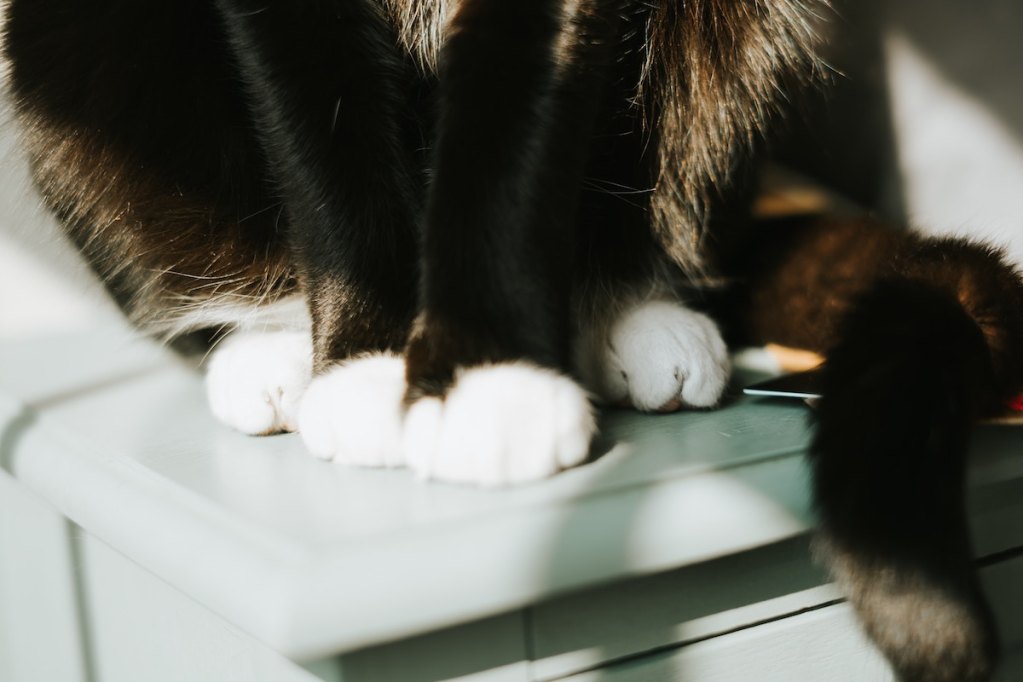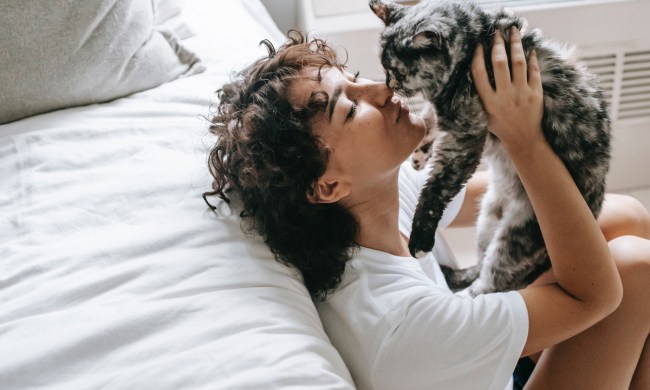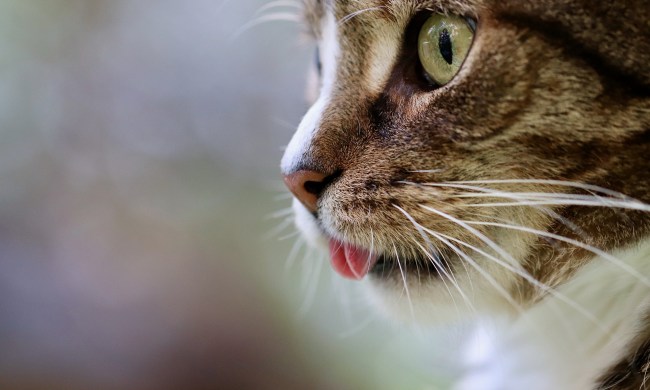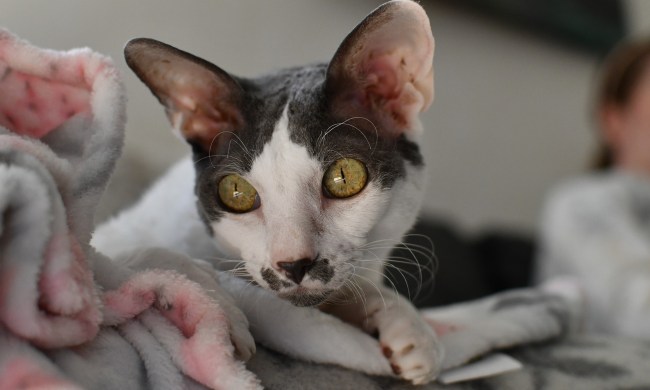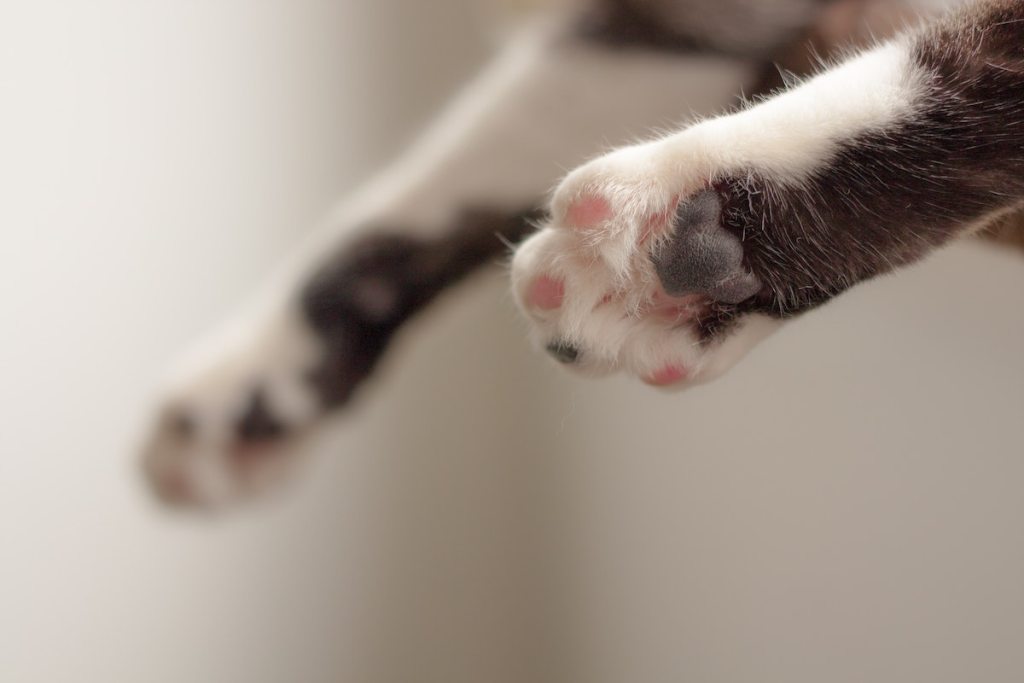
We don’t typically think of cats as breeds. With canine companions, there is a ton of information on different breeds, including common physical and social traits.
However, felines also have separate breeds beyond just commonly known ones, like Maine Coons and Siamese cats. One you may not have heard of is the snowshoe cat. There’s likely a reason you’ve never heard of this cat, because the breed is rare.
The name sounds adorable, evoking thoughts of cozy winter nights snuggled on the couch with a feline friend at your feet. Of course, you don’t want to judge a cat breed by its name. Knowing what to expect from a snowshoe cat can help you determine if the breed is the best for your home, family, and lifestyle. Here’s what to know about these cats, including their sweet appearance and loving personalities.
Physical traits of a snowshoe cat
The snowshoe cat was developed to achieve a specific look. A quick history lesson: In the 1960s, Dorothy Hinds-Daugherty, a Siamese cat breeder from Philadelphia, was pleasantly surprised when she produced a litter that included three kittens with white feet. They looked like they had socks. The color impressed her because she decided it would be great if that trait became more common. She enlisted the help of another breeder, which resulted in them cross-breeding Siamese cats and American shorthairs.
Snowshoes have evolved recently, and the preferred parent breeds are now stockier Siamese and Oriental shorthairs. The breed is rare because it requires a rigid, preferred pattern resulting from recessive genes. The socks can be so challenging to achieve that many of the world’s top cat organizations don’t recognize it.
What does a snowshoe cat look like?
Snowshoe cats are adorable felines. Here are some common physical traits:
- Weight: 9-12 pounds (male), 7-10 pounds (female)
- Eye color: Blue
- Coat length and texture: Short, smooth, single coat
- Coat color: Born all white, adult snowshoe cats are white, chocolate, blue, black, tan, or brown. Snow snowshoe cats may have an eye mask. Coats often darken with age. The white paws or “socks” are the breed’s signature look.
- Shedding: Moderate
- Grooming needs: Low
- Body: Sturdy and muscular bodies, full faces, and long ears with rounded tips
What are some common health problems with snowshoe cats?
Snowshoe cats can live long, healthy lives. The breed isn’t prone to unique health conditions and can live 15 to 20 years. Kidney and heart diseases — common among most cat breeds — can affect snowshoe cats.
Though these kitties have a reputation for being hardy, pet parents can still take some measures to keep their feline friends healthy, including:
- Keeping them indoors
- Microchipping them to ensure a reunion should the cat get out
- Staying up to date on vaccines and monthly preventatives
- Visiting the veterinarian on a regular basis, typically once or twice per year
- Leaving out plenty of water
- Frequent physical activity, such as playing with wand toys
- Plenty of mental stimulation like puzzle toys and cuddles
- Feeding a high-quality diet consisting mostly of cat food
- Keeping toxic items like specific foods and plants out of reach
- Cat-proofing your home, including the holiday tree
Social characteristics
Looks aren’t everything. Here’s what to know about the snowshoe cat’s personality.
What are the common personality traits of a snowshoe cat?
Even cats of the same breed and litter will have diverse personality traits. Your best bet is to speak with a reputable breeder or shelter for insights on the snowshoe cat you want to welcome into your family. However, snowshoe cats are generally kind, loving, and social kitties.
That may surprise people who think felines are aloof and anti-social, but it tends to be true of snowshoe kitties. The cats exhibit traits we typically associate with dogs — greeting their humans at the door, hopping in your lap for all the snuggles, and preferring to be around people. The cats are also playful. Wand toys and crinkle balls will keep them happy and engaged.
What is the best type of home for the snowshoe cat?
Snowshoe cats do best in homes with families that want to love on a kitty. If you’re looking for a cat that goes up to a closet upon entering your home for the first time and comes out only to eat, a snowshoe cat probably isn’t the best cat for you. However, if you want a cat with a personality similar to a dog, look no further.
The snowshoe cat is usually very good with young children. Still, you’ll want to monitor interactions between the two. Even kind cats may react negatively to tiny hands pulling on their ears, even if the wobbly toddler doesn’t know any better.
Snowshoe cats are a fairly new and relatively rare breed. It’s hard to achieve the necessary look, so the breed isn’t recognized by major cat organizations. We’re still learning more about the breed, including personality and health. Still, it seems that the breed is usually very healthy and can live about two decades — great news for families looking for a long-term commitment. The cats are typically friendly, playful, and low maintenance when it comes to grooming. Remember, the breed is only one factor when choosing an animal. Each pet is different, so you’ll want to speak with a reputable breeder or rescue about the specific animal you’re looking at. A meet-and-greet can ensure everyone meshes well.
